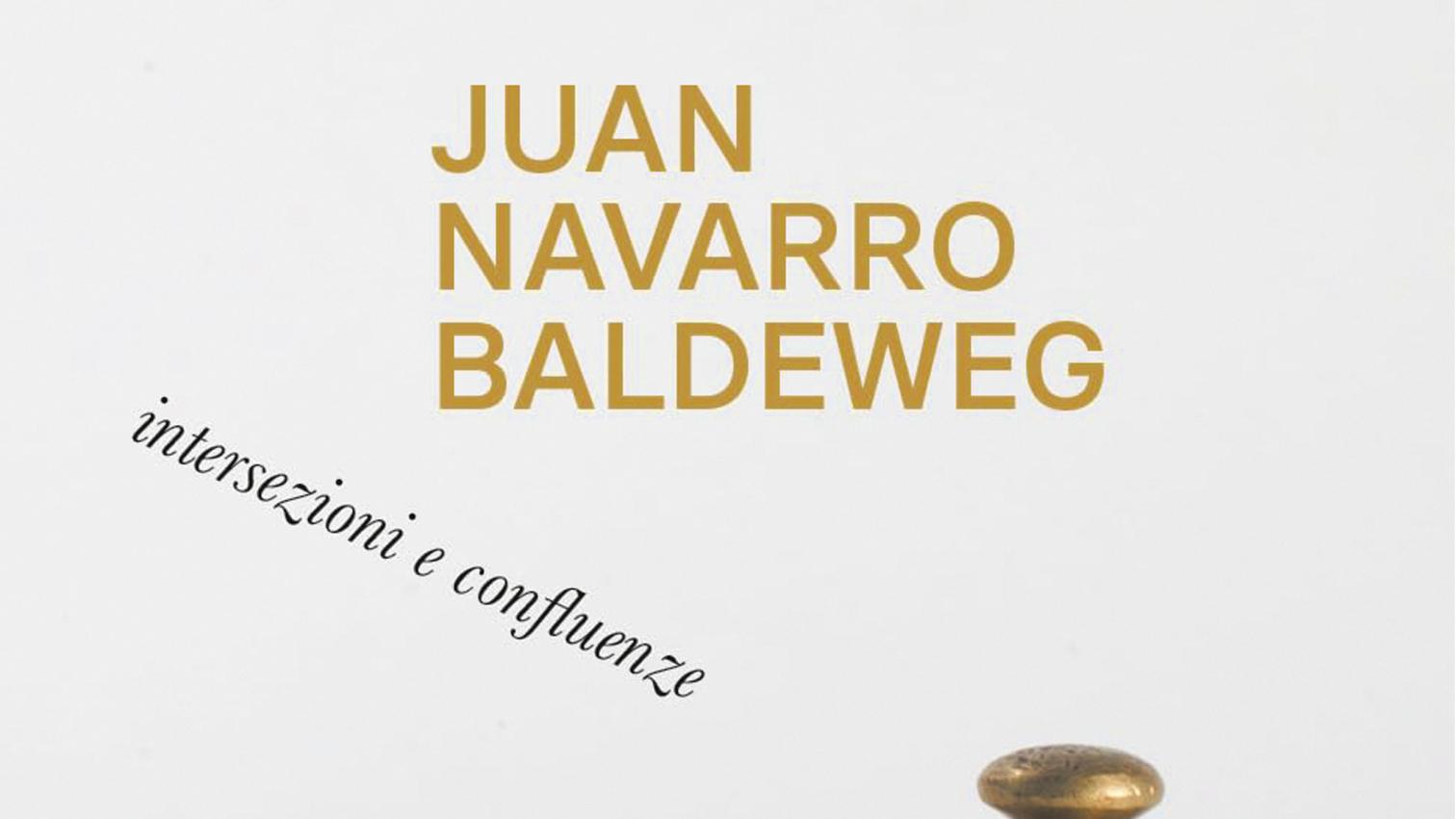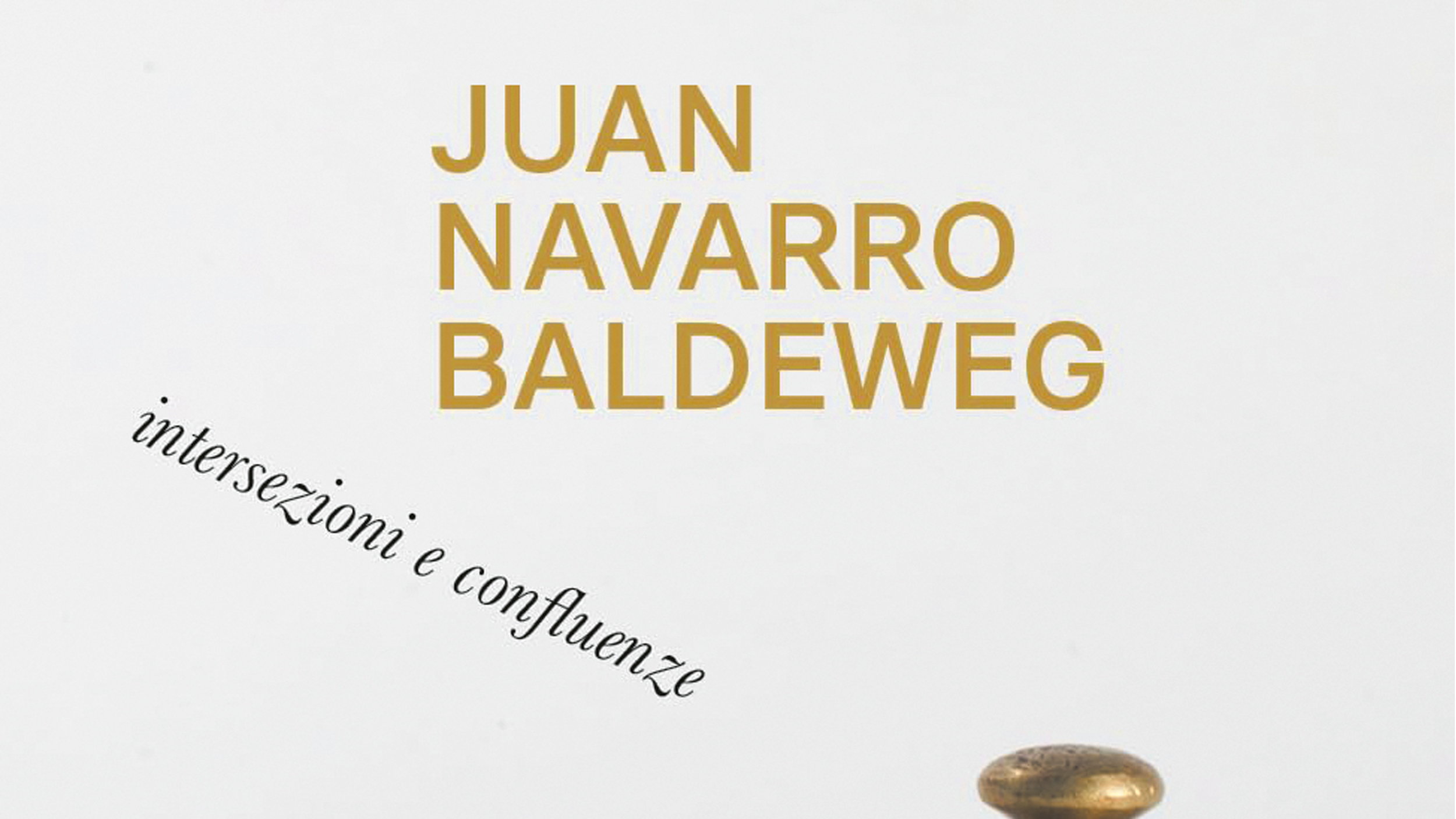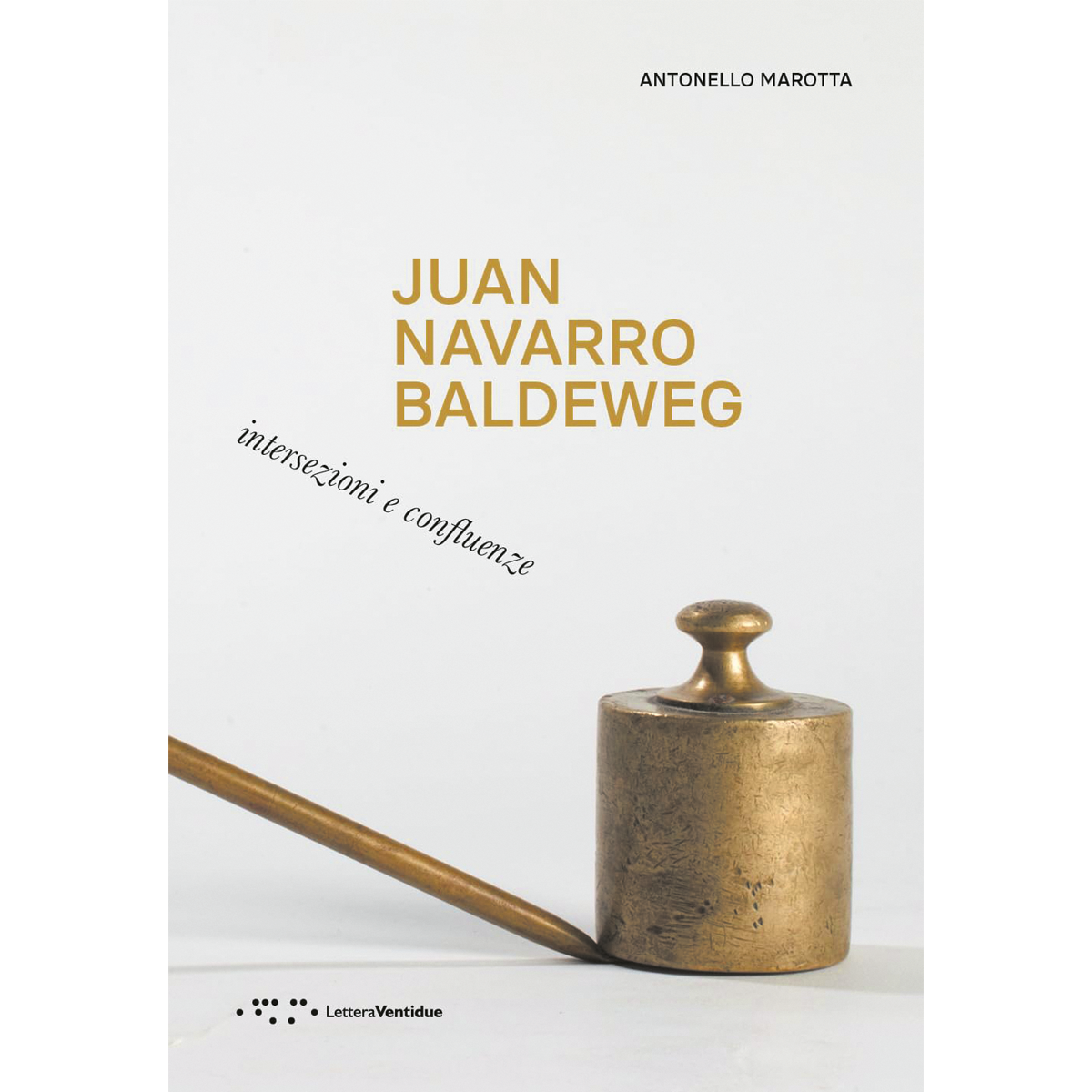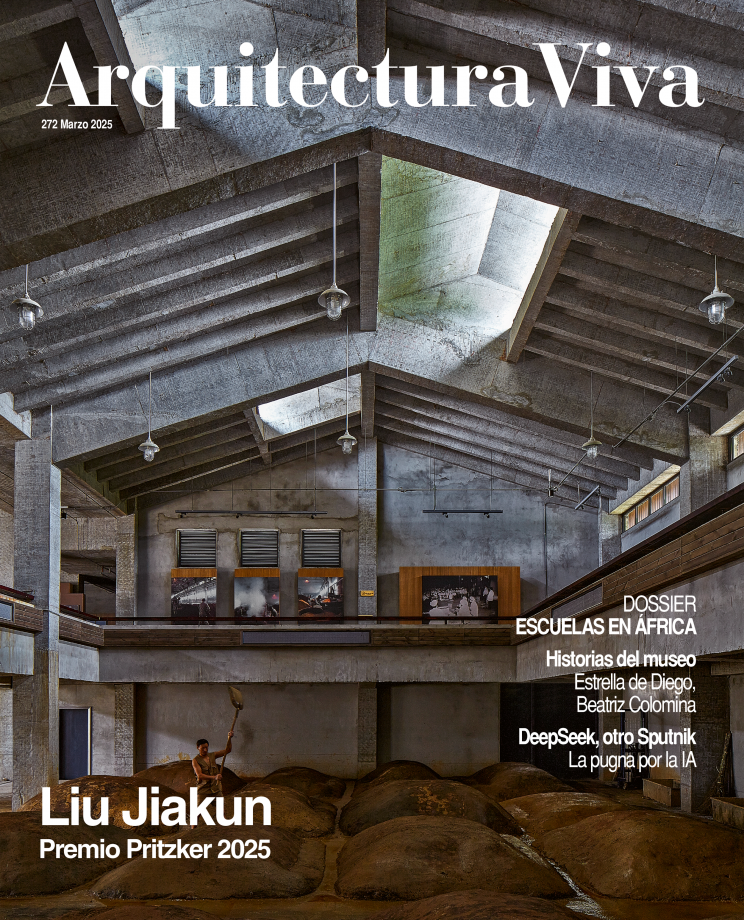
This book on Navarro Baldeweg is more than a monograph. Nineteen chapters describe both his architectural career and his work as a painter and sculptor, and recurring themes (intersections and confluences, balances and tensions...) are explained through projects: the objects of his explorations are presented by means of works, not vice versa.
Marotta, a Sardinian architect who teaches at the University of Sassari, is a connoisseur and admirer of Spanish architecture and the dialogue between the discipline and art. His chronology of Navarro establishes links with other authors, and compares the date-specificity of artworks with the protracted act of building, as with the Bibliotheca Hertziana in Rome, spanning two decades between design and completion, during which other preoccupations would have come into the picture.
In 2023, at the Madrid Institute of Architects, Navarro spoke on his 1970s experience at the MIT Center for Advanced Visual Studies. He presented six installations, and only later, as he explained the buildings, did we realize that the creative approach, concerns, and aims were identical. Painting and architecture were one same process yielding results at different scales.
The book ends with an essay, ‘Frenhofer and Lord Chandos,’ where Navarro compares the procedure of the painter in Balzac’s Le Chef-d’oeuvre inconnu with that of the writer in Hofmannsthal’s Ein Brief. Such intensity and quality of works and reflections on a shared creative process made a Spanish translation necessary.







